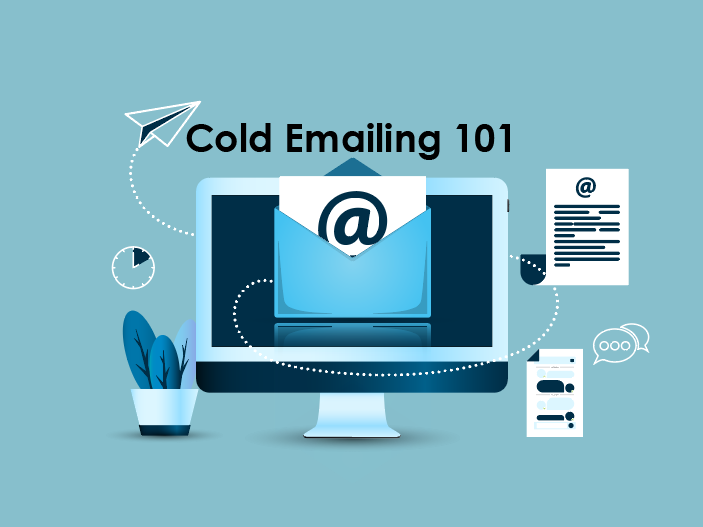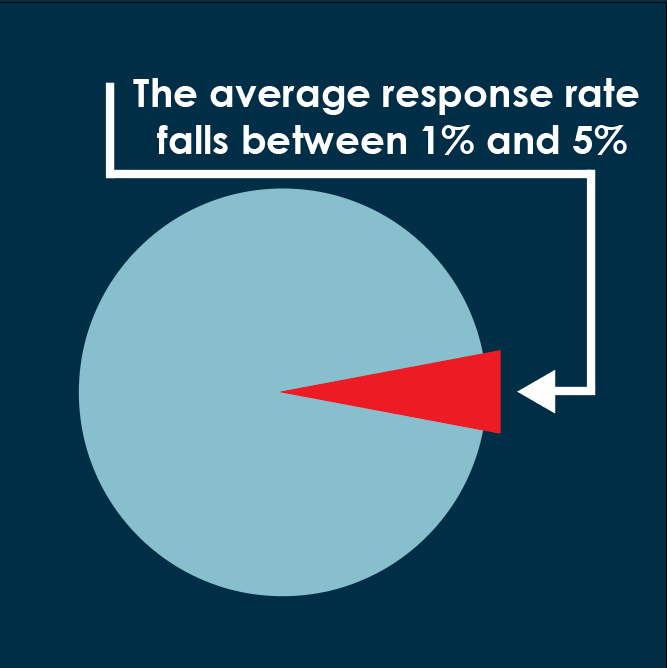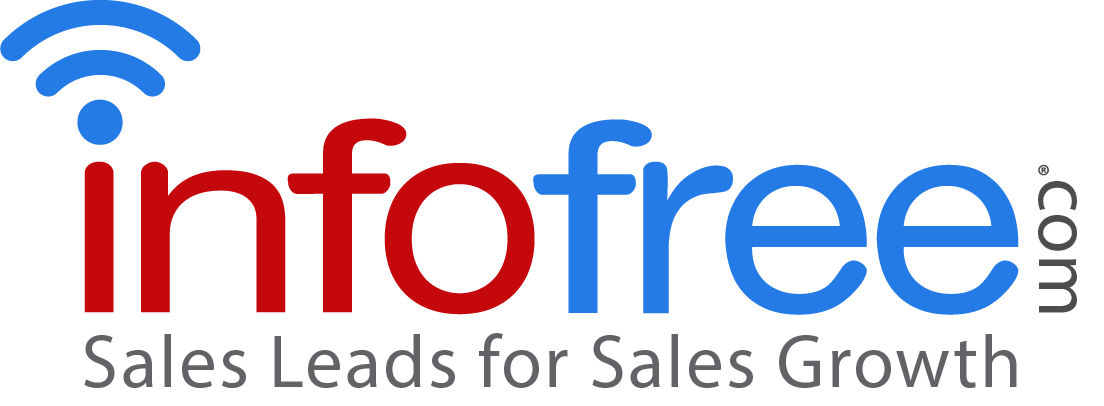Cold Email Response Rate

Understanding the Expected Response Rate for Cold Email Campaigns
Cold email campaigns are a powerful way to reach out to potential clients, partners, or leads. One of the most common questions businesses have is: What is the expected response rate for cold email outreach? The short answer is: it depends. However, with the right approach, cold emails can yield impressive results.
The results of cold email campaigns can vary depending on many factors. By focusing on high-quality, personalized outreach and optimizing your email strategy, you can significantly improve your response rates. While industry averages suggest a response rate between 1% and 10%, the real opportunity lies in continually refining your approach, targeting the right prospects, and providing value in your outreach.
If you’re looking to get started with cold email campaigns, remember that the most important element is persistence. With each campaign, you’ll learn more about your audience and how to optimize your emails for better results.
What is a “Good” Response Rate?
Response rates can vary widely based on a variety of factors, but generally speaking, cold email campaigns can expect a response rate between 1% and 10%. For most businesses, a 1-2% response rate is considered typical, but with well-crafted messages, compelling offers, and a targeted approach, responses can climb higher.
Here’s a breakdown of response rates by category:
- Cold Sales Outreach: 1% – 5%
- B2B (Business to Business): 5% – 10%
- Recruitment Outreach: 10% – 20%
- Investor/Partnership Outreach: 2% – 5%
- Networking/Industry Connection Emails: 5% – 15%
Remember, the response rate depends on both the quality and the quantity of the emails sent. A smaller, more targeted list with highly personalized emails will often yield a higher response rate than a generic mass email blast.

Factors That Affect Cold Email Response Rates
To achieve a higher response rate for your cold email campaign, it’s essential to understand the various factors that influence how well your outreach performs:
A) Email List Quality
The quality of your email list plays a significant role in the success of your campaign. Sending emails to well-researched, highly relevant contacts who are likely to be interested in your message will yield better results than casting a wide net with a list of untargeted leads.
- Targeted Segmentation: Ensure you segment your list according to specific criteria such as job title, industry, company size, etc. The more relevant your offer is to the recipient, the more likely you are to get a response.
- Accurate and Clean Data: Make sure your list is up to date and free of outdated or incorrect contact information to avoid wasted efforts and low engagement.
B) Personalization and Customization
A generic, one-size-fits-all email is more likely to be ignored. Personalization is key to getting noticed in a crowded inbox.
- First Names: Always address the recipient by name, and ideally reference something specific about them or their company.
- Relevant Content: Mention how your offer directly benefits the recipient. Tailor the messaging to the challenges, goals, or needs they may have.
C) Subject Line
The subject line is the first thing your recipient sees, and it determines whether they’ll open your email. Crafting a subject line that is clear, concise, and compelling is essential.
- Be Specific: A vague or overly-salesy subject line may turn off your audience. Instead, opt for subject lines that convey value or pique curiosity.
- Keep It Short: Research suggests subject lines with 6-10 words tend to perform best.
D) Email Copy and Call to Action
Once your email is opened, the copy inside must engage the reader and clearly communicate your value proposition.
- Clear and Concise: Your email should be easy to read and straight to the point. Long, rambling emails will lose the reader’s attention.
- Strong Call-to-Action: Every cold email should include a clear, actionable next step. Whether it’s scheduling a call, replying to the email, or clicking a link, your CTA should be direct and easy to follow.
E) Follow-ups
Don’t be discouraged by an initial lack of response! Many cold email campaigns require multiple touchpoints before generating a response. Follow-up emails are crucial, and typically, the second or third email in a sequence will result in a higher response rate.
- Timing: Follow-up after 3-4 days, then again after another week if there’s still no reply.
- Value in Follow-ups: Be polite and helpful in follow-ups. Offer additional value, like new information or a helpful resource, rather than just reminding them to reply.
F) Email Deliverability
If your emails aren’t reaching the recipient’s inbox, they can’t respond. Ensuring good email deliverability is crucial.
- Avoid Spam Triggers: Avoid language that may trigger spam filters (e.g., “free,” “guaranteed,” “limited time”).
- Authenticate Your Emails: Use proper authentication protocols (SPF, DKIM, DMARC) to ensure your emails are delivered successfully.
- Warm Up Your Email: If you’re sending emails from a new domain, gradually increase the volume to avoid being flagged as spam.
G) Timing
The timing of your cold email campaign can impact response rates. Sending emails at the right time of day or week can increase your chances of engagement.
- Weekdays: Most cold emails tend to perform better when sent on weekdays, particularly Tuesday through Thursday.
- Time of Day: Late morning (10 AM to 12 PM) or early afternoon (1 PM to 3 PM) are considered optimal times to send emails.
How to Improve Cold Email Response Rates
While response rates can vary, there are several strategies you can implement to improve your chances of success:
- Refine Your Targeting: Be sure you’re reaching out to the right people. Highly targeted lists and personalized outreach will always outperform generic, broad campaigns.
- Test and Optimize: Use A/B testing to experiment with different subject lines, email copy, CTAs, and follow-up schedules. Over time, you’ll be able to refine your approach and improve your results.
- Provide Value: Your recipients should feel that your outreach is relevant, helpful, or valuable to them. Focus on building relationships, not just making a sale.
- Track Key Metrics: Monitor key performance indicators (KPIs) like open rates, click-through rates (CTR), and overall response rates to gauge the effectiveness of your campaigns and make necessary adjustments.


